The eCommerce industry has always been dynamic. The rapid pace of technology, innovation, and changing consumer expectations is pushing it to new heights day by day.
As we head into the second part of 2026, several trends are shaping the future of the eCommerce marketplaces.
From artificial intelligence revolutionizing personalization to the growing prominence of social commerce, businesses are constantly adapting to meet customer demands.
Understanding these trends is essential for staying competitive and ensuring long-term growth. In this blog, we’ll explore the key eCommerce marketplace trends for 2026, helping you prepare for the future and stay ahead of the curve.
Lets get started-
eCommerce Marketplace Trends to Look Out for
As we are halfway through 2026, the eCommerce marketplace is evolving at an unprecedented pace. To stay competitive, businesses need to be aware of the trends shaping the industry. From AI-driven personalization to the rise of hybrid commerce, here are the trends to watch for in 2026.
- Artificial Intelligence for Personalization
- Hybrid Commerce
- Augmented and Virtual Reality
- Customer Relationship Management
- Customer Support as a Priority
- Social Commerce
- Subscription Models
- Headless Commerce
- Flexible Payment Options
- Voice and Visual Searches
- Conversion Rate Optimization
- Marketing Automation
- Fast and Free Delivery Options
- Zero-Party Data
- Sustainable Online Shopping
- Marketplaces continue to growth
- Partner with third-party sellers
- B2B marketplaces
- Composable commerce
- Livestream shopping is taking off
- Creating security and transparency with blockchain
1. Artificial Intelligence for Personalization
Artificial Intelligence (AI) is already transforming eCommerce, but in 2026, AI will be crucial for delivering personalized shopping experiences at scale. AI is now more advanced in analyzing customer behavior, predicting buying patterns, and creating individualized shopping experiences.
Retailers can use AI to recommend products, customize email campaigns, and even adjust website content based on a visitor’s preferences.
By leveraging AI for personalization, eCommerce businesses can serve more relevant product recommendations, boost conversion rates, and foster customer loyalty.

This deep level of personalization isn’t just about showing the right products—it’s about making customers feel understood, leading to an overall better shopping experience. In 2026, AI will allow businesses to predict what a customer might want even before they know it, creating a seamless and engaging shopping journey.
2. Hybrid Commerce
Hybrid commerce is the seamless blending of online and offline shopping experiences. As customers increasingly demand more convenience, eCommerce businesses are turning to hybrid models to cater to these expectations.
In 2026, hybrid commerce will grow in popularity as a way to bridge the gap between physical and digital shopping.
For instance, customers might shop online and then choose to pick up their orders in-store, or they may be able to try on products virtually before making a purchase.
Retailers could offer in-store experiences that integrate with mobile apps, enabling a more connected, personalized shopping journey.
This trend allows businesses to leverage both physical and online presences, making it easier for customers to interact with their favorite brands on their terms. By integrating both experiences, businesses not only improve customer satisfaction but also drive greater sales by providing customers with multiple options for completing their purchases.
3. Augmented and Virtual Reality
Augmented Reality (AR) and Virtual Reality (VR) are no longer just futuristic concepts—they’re rapidly becoming integral tools for eCommerce businesses.
In 2026, the use of AR and VR will see significant growth, enhancing the way customers shop online by offering immersive, interactive experiences.

AR allows customers to visualize products in real-time, such as trying on clothes virtually or placing furniture in their living room using their smartphones.
VR takes it a step further by creating fully immersive environments, where customers can experience a store or product as though they were physically there, all from the comfort of their homes.
These technologies help customers make more informed decisions by allowing them to “experience” the product before purchasing.

For eCommerce businesses, this not only reduces the hesitation in purchasing but also enhances engagement and customer satisfaction. In 2026, AR and VR will be commonplace across eCommerce websites, providing more compelling reasons for customers to make a purchase.
4. Customer Relationship Management (CRM)
As the eCommerce landscape grows, managing customer relationships becomes increasingly crucial. In 2026, Customer Relationship Management (CRM) systems will evolve. It will use advanced technologies like AI to provide a deeper understanding of customer needs, preferences, and behavior.
CRM tools will allow businesses to not only manage customer interactions but also predict future needs. This means eCommerce stores can proactively reach out to customers with personalized offers, follow-ups, and product suggestions.

With a more advanced CRM system, businesses can create more tailored and targeted marketing campaigns that resonate with individual customers, improving both customer acquisition and retention.
Furthermore, CRM systems in 2026 will integrate more seamlessly with other platforms, from social media to email marketing, creating a unified experience across all customer touchpoints. This streamlined approach ensures that businesses can maintain consistent communication with their customers, fostering long-term relationships and ultimately increasing customer loyalty and sales.
5. Customer Support as a Priority
As eCommerce grows, customers expect more efficient and accessible customer support.
By 2026, businesses will need to prioritize customer support to stay competitive in the market. Offering prompt, personalized support will be crucial for building trust and ensuring customer satisfaction.
AI-powered tools such as chatbots and virtual assistants are already helping businesses deliver 24/7 support. These tools can answer common customer queries, assist in order tracking, and even offer personalized recommendations based on customer interactions.

However, even with automation, human support will remain a necessity, especially for complex issues.
In 2026, customers will expect faster response times and more channels of communication, whether it’s through live chat, social media, or instant messaging apps.
Providing consistent and helpful customer support across all touchpoints will help businesses build a strong reputation and keep customers coming back.
6. Social Commerce
Social commerce is set to become a dominant force in eCommerce in 2026.
With platforms like Instagram, Facebook, and TikTok becoming central hubs for shopping, businesses are increasingly integrating their product offerings directly within social media platforms.
Social commerce combines social media and eCommerce to allow users to discover, browse, and purchase products. And without ever leaving the platform.
In 2026, we will see even more seamless integration of shopping features on social media, such as shoppable posts, live shopping events, and influencer partnerships.
The power of social commerce lies in its ability to tap into users’ social networks. It can create a more organic way of driving sales through peer recommendations, reviews, and influencer content.
For businesses, social commerce not only boosts visibility but also allows for a direct connection with their target audience.
Engaging customers through live streams, interactive content, and influencer endorsements will drive traffic to your store and create more touchpoints for sales. It’s a trend you’ll want to harness to stay competitive in the eCommerce space in 2026.
7. Subscription Models
Subscription models continue to gain momentum and are expected to play a significant role in the eCommerce landscape in 2026. More businesses are recognizing the benefits of offering subscription-based services, whether it’s for products or exclusive services.
Subscriptions provide steady, recurring revenue and can lead to long-term customer relationships.
In 2026, we will see more eCommerce businesses incorporating subscription models into their offerings. This could include product subscriptions for consumables like beauty products, food items, or even curated monthly boxes.
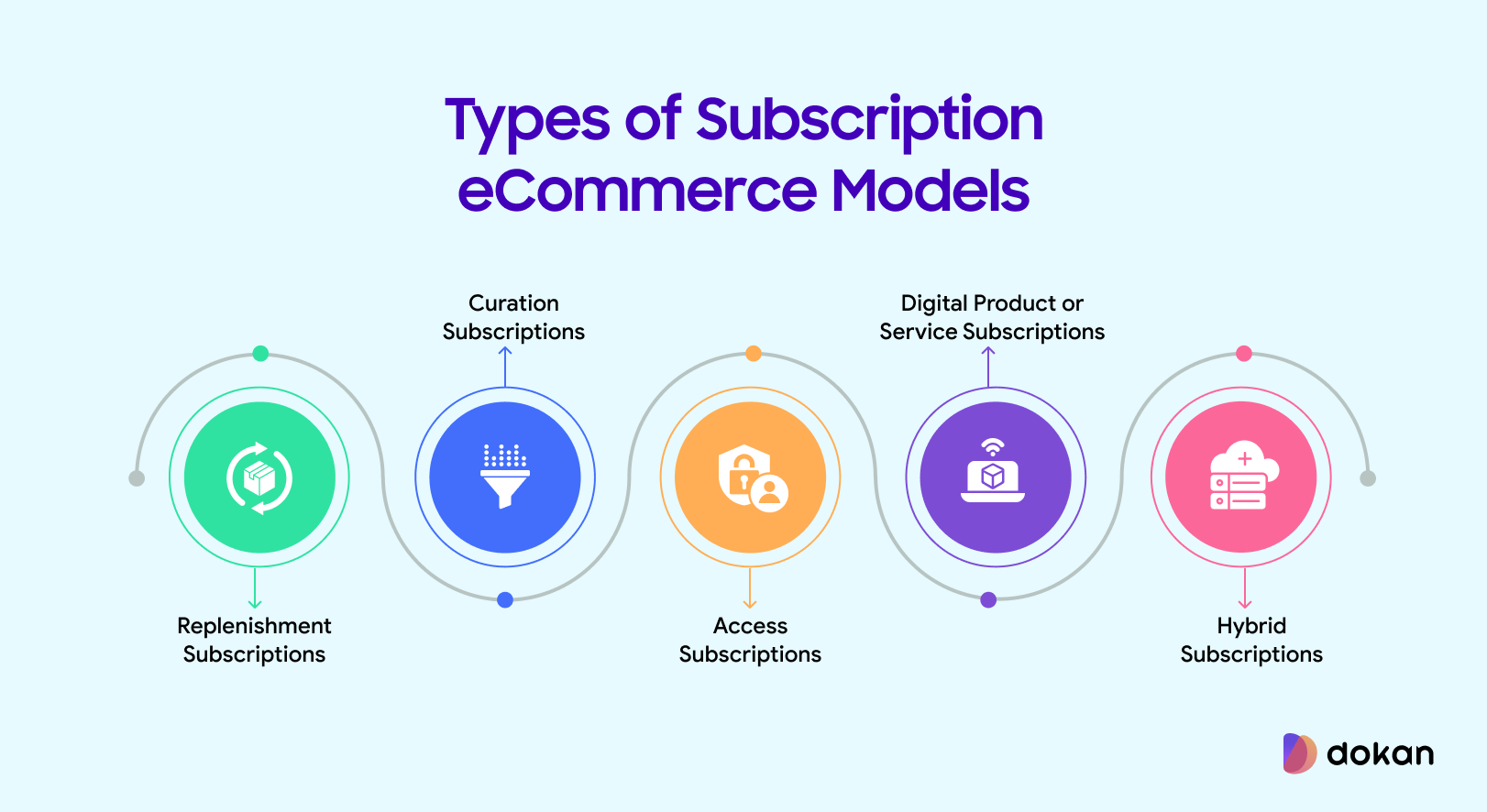
Businesses in niches such as fashion, fitness, or wellness will also leverage subscriptions to provide customers with ongoing deliveries of products they love.
The beauty of subscription models is that they encourage customer loyalty. Subscribers are more likely to stay committed to your brand for extended periods, resulting in a higher customer lifetime value (CLV).
Offering flexible subscription plans will help cater to a wide range of customers, from casual buyers to regular users, making it an attractive option for both businesses and consumers.
8. Headless Commerce
Headless commerce is one of the most exciting trends to watch in eCommerce in 2026.
Headless commerce refers to an eCommerce architecture where the frontend (the customer-facing part of the website) is separated from the backend (the part that handles business logic, inventory, and order management). This separation allows businesses to have more flexibility and control over their website’s design and user experience.
With headless commerce, businesses can easily deliver a consistent shopping experience across multiple touchpoints, whether it’s a website, mobile app, smart devices, or social media platforms.

This flexibility is essential as customer expectations evolve and businesses need to provide seamless, personalized shopping experiences across a wide range of devices.
In 2026, more eCommerce businesses will adopt headless commerce to keep up with changing consumer habits.
This architecture allows businesses to innovate faster, integrate with new technologies, and quickly adapt to market demands.
Headless commerce will be an essential tool for businesses looking to scale and offer cutting-edge shopping experiences.
9. Flexible Payment Options
As customer preferences evolve, so do their payment expectations. In 2026, flexible payment options will be a must-have for eCommerce businesses.
From traditional credit card payments to digital wallets and buy-now-pay-later (BNPL) solutions, offering a variety of payment methods ensures that your customers can choose the method that best suits them.
Buy Now, Pay Later (BNPL) services like Klarna, Afterpay, and Affirm are expected to continue their rapid growth in 2026.
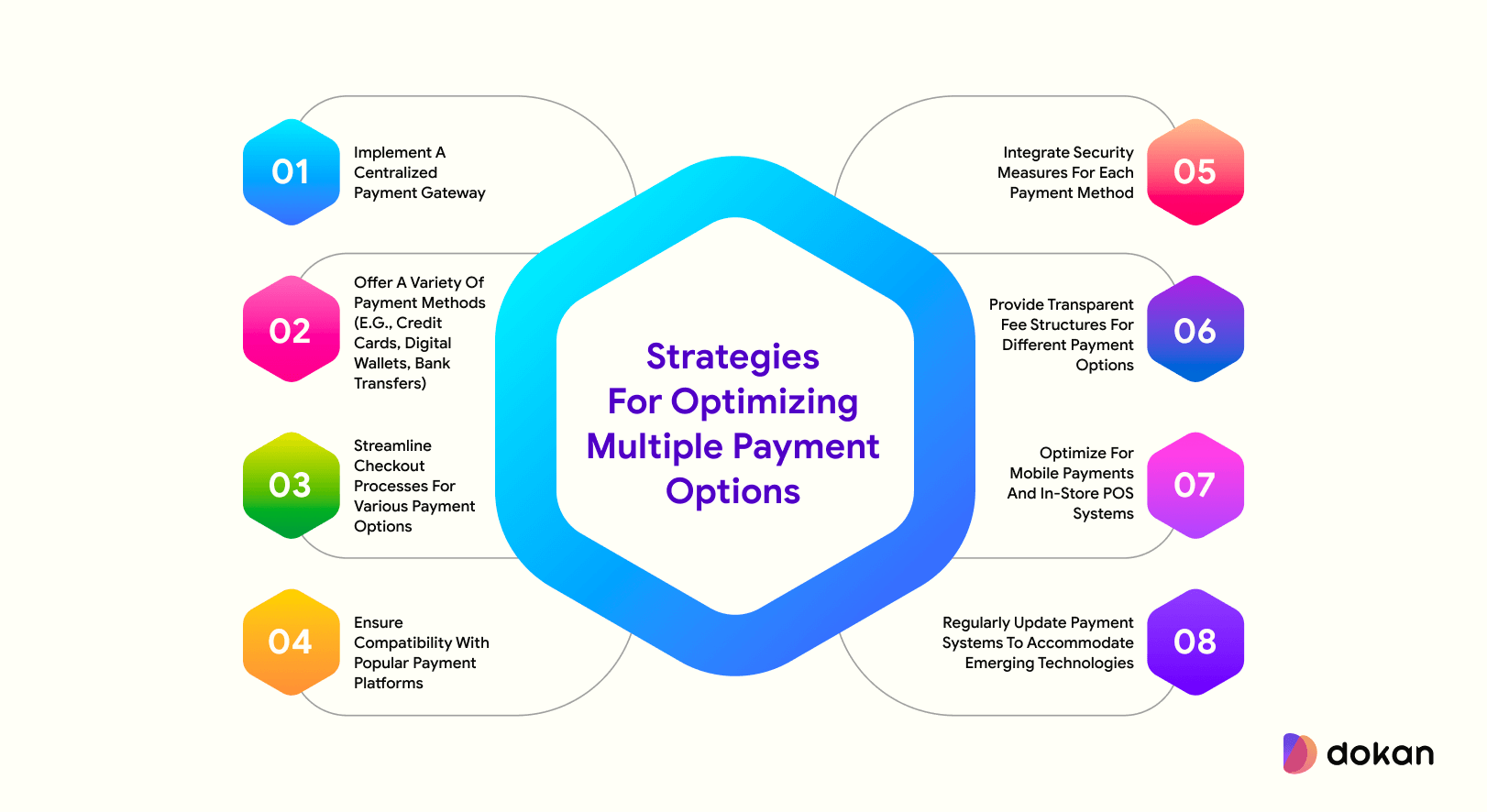
These services give customers the ability to split payments over time, making higher-priced items more accessible. Offering BNPL can reduce cart abandonment and encourage customers to make larger purchases.
Additionally, digital wallets like Apple Pay, Google Pay, and PayPal are becoming more popular as they offer quicker and more secure checkout options.
As a business, providing these options enhances customer convenience and trust, making them more likely to complete a purchase.
Incorporating flexible payment options is not just about offering convenience—it also helps to reduce friction at checkout, improve the overall customer experience, and increase sales. In 2026, you’ll need to offer these varied payment solutions to stay competitive in the market.
10. Voice and Visual Searches
As technology evolves, so does the way customers interact with eCommerce platforms. In 2026, voice search and visual search will become mainstream in eCommerce, significantly enhancing the way customers find products.
Voice search allows users to search for products using their voice, rather than typing. With the growing use of virtual assistants like Alexa, Google Assistant, and Siri, voice search is expected to become a primary method for product discovery.
By optimizing your eCommerce site for voice search, you can make it easier for customers to find what they’re looking for without having to manually type queries, especially when they’re on the go.
On the other hand, visual search allows customers to search for products by uploading an image. This technology, powered by AI, enables users to find products similar to what they see in a photo, whether it’s clothing, furniture, or gadgets. Platforms like Pinterest, Google, and Instagram have already incorporated visual search, and by 2026, this trend will be integral to eCommerce websites, helping customers find products more efficiently.
By embracing both voice and visual search technologies, businesses will make it easier for customers to discover products and complete purchases, driving higher conversion rates and improving the overall shopping experience.
11. Conversion Rate Optimization
In 2026, businesses will continue to focus on conversion rate optimization (CRO) to maximize their return on investment (ROI).
Simply put, CRO is about improving your website or platform to turn more visitors into paying customers. It’s about analyzing your site’s performance, identifying bottlenecks, and making data-driven changes to enhance the user experience and increase sales.
A major component of CRO is A/B testing, where businesses test different versions of landing pages, product pages, or call-to-action buttons to determine which variations lead to better conversion rates.
Also, optimizing page load speeds, simplifying the checkout process, and improving mobile responsiveness will be critical in reducing friction and increasing conversions.
By 2026, AI-driven tools will take CRO to the next level by analyzing user behavior in real-time and making on-the-fly changes to improve conversions.
Whether it’s tweaking product page layouts, adjusting pricing strategies, or personalizing product recommendations, AI will help eCommerce businesses fine-tune their online stores to meet customer expectations and increase their chances of converting visitors into buyers.
12. Marketing Automation
Marketing automation will continue to play a vital role in eCommerce in 2026, helping businesses streamline their marketing efforts. Also enhance customer engagement and drive sales.
Automation tools allow businesses to create personalized marketing campaigns, track customer behavior, and execute campaigns without constant manual intervention. This includes everything from email marketing and SMS campaigns to social media and ad targeting.
One key area where marketing automation shines is email marketing, with personalized, automated emails sent to customers based on their behavior, such as abandoned cart reminders or product recommendations. AI-driven tools will allow businesses to send the right message at the right time to the right customer, boosting engagement and conversion rates.

In 2026, marketing automation will also extend to social media and advertising. Automated campaigns across social media platforms, like Instagram or Facebook, can be tailored based on customer interests, purchase behavior, or location.
By automating these marketing efforts, eCommerce businesses can reach their customers with relevant, timely content while saving time and resources.
As more tools become available to automate various aspects of eCommerce marketing, businesses will be able to scale their marketing efforts effectively and ensure they are consistently engaging with their customers, resulting in higher sales and stronger brand loyalty.
13. Fast and Free Delivery Options
In 2026, fast and free delivery will no longer be just a perk, but a standard expectation for eCommerce shoppers. Customers are increasingly demanding faster delivery times, and many expect to receive their orders within a day or two.
Offering free shipping has been shown to significantly reduce cart abandonment, with studies showing that over 50% of online shoppers will abandon a purchase if they encounter unexpected shipping costs.
To meet this demand, businesses will need to optimize their supply chains, streamline logistics, and leverage fulfillment centers that allow for quick deliveries. Partnering with reliable delivery services and using technology to track and manage shipments will ensure timely delivery and improve customer satisfaction.
In 2026, offering same-day or next-day delivery will become the norm for many eCommerce businesses, especially for high-demand products.
Free delivery, combined with quick turnaround times, can increase conversion rates and build customer loyalty, as it meets the growing expectation of instant gratification that customers now have when shopping online.
14. Zero-Party Data
Zero-party data is set to become a key strategy in eCommerce by 2026. Unlike first-party data (which you collect from customers’ interactions) or third-party data (collected from external sources).
Zero-party data is the information customers intentionally share with you. This can include preferences, feedback, survey responses, and other voluntarily provided details about what they want or need.
Zero-party data offers a highly valuable, privacy-compliant way to gather insights into customer behavior and preferences.
Since customers willingly provide this data, they are more likely to trust your brand and feel that you are offering them a more personalized and respectful experience. In 2026, businesses will focus more on collecting zero-party data to create hyper-personalized shopping experiences, from tailored product recommendations to exclusive offers.
The key benefit of zero-party data is its accuracy. Because it comes directly from the customer, businesses can be sure that the insights they’re using to drive decisions are reliable.
With data privacy concerns rising globally, leveraging zero-party data allows businesses to stay compliant with regulations while still gaining insights to improve customer experience.
15. Sustainable Online Shopping
As consumer values shift towards sustainability, sustainable online shopping will be a significant trend in 2026.
Customers are becoming more conscious of the environmental impact of their purchases, and they are increasingly seeking out eco-friendly products and brands that align with their values.
eCommerce businesses will need to adapt by offering more sustainable products, reducing packaging waste, and making their supply chains more eco-friendly.
This might include sourcing products from sustainable materials, offering carbon-neutral shipping options, or ensuring that products are ethically produced.

Many brands will also highlight their environmental efforts and certifications (like fair trade, organic, or eco-friendly certifications) to appeal to the growing environmentally-conscious consumer base.
In addition to selling sustainable products, businesses will need to adopt more green logistics practices. This might include reducing packaging, using recyclable or biodegradable materials, or partnering with delivery companies that use electric vehicles or offset their carbon emissions.
Providing eco-friendly shipping options like slower, more sustainable delivery methods can also attract customers who are willing to wait longer if it means reducing their carbon footprint.
By 2026, businesses that prioritize sustainability will not only attract more customers but will also build a loyal community of shoppers who value eco-conscious practices, ultimately leading to stronger brand loyalty and higher sales.
16. Marketplaces Continue to Drive Consistent Growth
In 2026, eCommerce marketplaces will continue to drive significant growth. Marketplaces like Amazon, eBay, and Etsy are already well-established, and more businesses are turning to them to sell their products and reach a global audience.
By 2026, marketplaces will become even more integral to the eCommerce landscape as they offer businesses a platform to access a larger customer base without having to invest heavily in building their own online store from scratch.
Selling on a marketplace offers several advantages, such as access to an existing customer base, simplified logistics, and trusted payment systems.
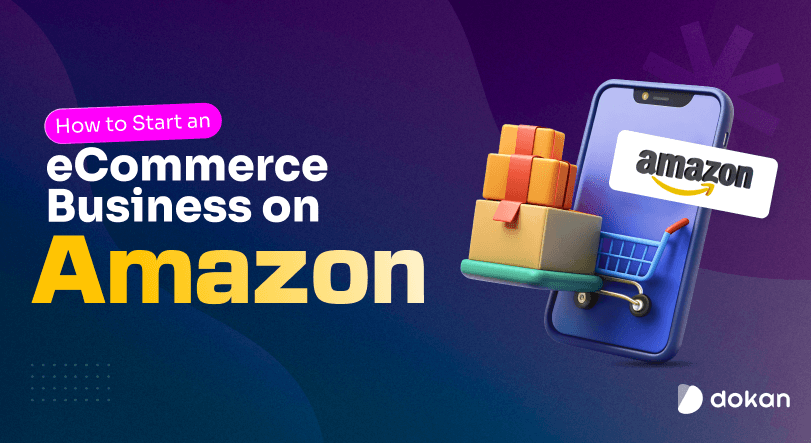
Marketplaces are also investing in improving seller tools, making it easier for merchants to manage inventory, process orders, and optimize their product listings. These platforms will remain key players for both established businesses and startups looking to expand their reach quickly and cost-effectively.
As more marketplaces emerge and evolve, businesses need to be strategic in choosing the right platforms to list their products. By leveraging marketplaces, eCommerce businesses can tap into an already engaged customer base, gain global exposure, and experience consistent growth in the years to come.
17. Partner with Third-Party Sellers to Better Serve Customers
In 2026, partnering with third-party sellers will become an increasingly popular strategy for eCommerce businesses.
Third-party partnerships allow businesses to diversify their product range without the need for inventory management or upfront investment in new products.
By partnering with trusted third-party sellers, eCommerce businesses can offer a broader selection of products, catering to a wider audience.
This model benefits both the seller and the customer. Sellers gain access to new markets and customer bases, while customers benefit from having a wider array of products available on a single platform, often with a seamless shopping experience.

These partnerships also help businesses to manage risk. By relying on third-party sellers, eCommerce businesses can test out new products or categories without committing to bulk purchasing or warehouse space.
This flexibility allows companies to better align with customer demands and make changes to their offerings quickly based on real-time feedback.
In 2026, third-party partnerships will be essential for building a more comprehensive, competitive, and customer-friendly marketplace.
18. B2B Marketplaces: The Race to Become a One-Stop Shop
The rise of B2B (business-to-business) marketplaces will continue to accelerate in 2026, as more companies seek to streamline their procurement processes and reduce costs.
These marketplaces are evolving into one-stop shops where businesses can find everything they need—from raw materials to office supplies, and even finished products.
B2B marketplaces are becoming more comprehensive, offering a wide range of products, competitive pricing, and the convenience of dealing with multiple suppliers on a single platform.
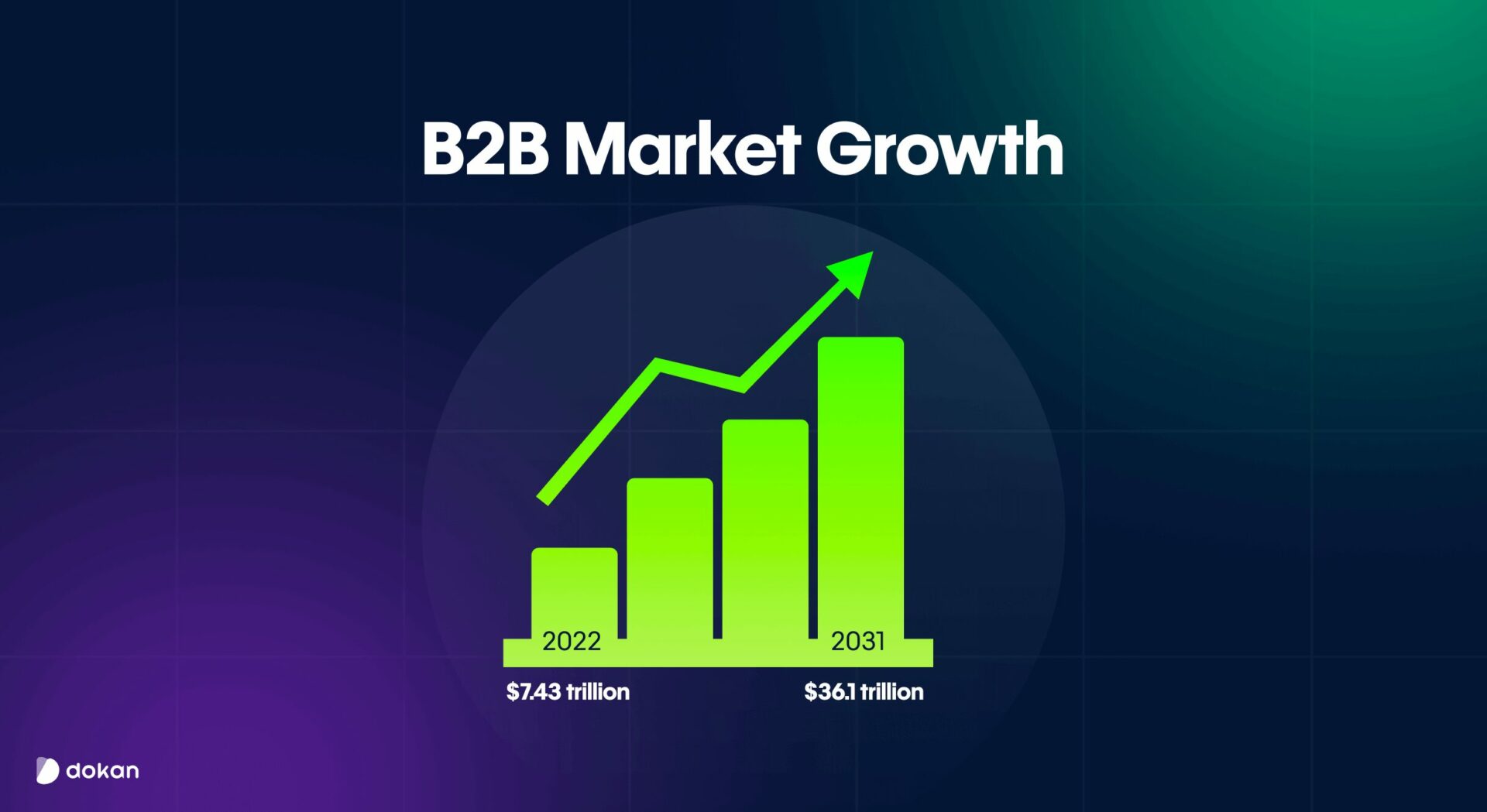
In 2026, businesses will be able to access advanced tools to track and manage orders, automate procurement processes, and optimize their supply chains all in one place.
The race to become a one-stop-shop will be fierce, with platforms striving to offer everything a business might need in a single, user-friendly marketplace.
For businesses, this means more opportunities to source products from trusted suppliers, compare prices, and quickly scale operations without the complexities of traditional procurement methods.
As B2B marketplaces continue to grow, they will become increasingly vital for companies looking to simplify their sourcing processes and reduce operational costs.
19. Composable Commerce Drives Digital Innovation
Composable commerce is set to become a game-changer in eCommerce in 2026. It will enable businesses to create highly flexible, customizable online stores without being locked into a single monolithic system.
Instead of using an all-in-one solution, composable commerce allows businesses to select and integrate best-of-breed tools, services, and platforms that suit their specific needs.
This approach helps companies build a more tailored and agile eCommerce system that can evolve with the business.
With composable commerce, businesses can easily scale, modify, or replace individual components of their store as needed.
For instance, you can have a specialized checkout process, integrate a third-party CRM tool, and customize product recommendations—all while maintaining a seamless user experience. This modular approach provides the flexibility to adopt the latest innovations and digital trends without being constrained by a rigid platform.
In 2026, composable commerce will drive digital transformation across industries, as it allows companies to quickly adapt to changing customer expectations, launch new features faster, and stay ahead of competitors.
20. Livestream Shopping is Taking Off
Livestream shopping, which blends entertainment with eCommerce, is rapidly gaining momentum and is expected to be a major trend in 2026.
This trend allows businesses to showcase their products in real-time, engage with audiences, and make instant sales all within a single live-streamed video. Livestream shopping has become popular on platforms like Instagram, Facebook, and TikTok, and it’s expected to expand across various channels in the coming years.
In 2026, businesses will increasingly incorporate livestream shopping events as part of their marketing strategy.
These events will allow customers to interact directly with hosts, ask questions about products, and purchase items with just a few clicks. Livestreams are particularly effective in creating a sense of urgency, offering exclusive deals, and connecting with customers in a more personal, engaging way.
For brands, this trend provides an opportunity to boost engagement, create buzz around product launches, and tap into a younger, more social audience.
With the ability to generate excitement, drive traffic to your store, and create real-time interactions, livestream shopping will be a must-have strategy for eCommerce businesses looking to stay ahead of the curve in 2026.
21. Creating Security and Transparency with Blockchain
Blockchain technology is making waves in the eCommerce industry, and in 2026, it will be increasingly used to enhance security, transparency, and trust.
Blockchain’s decentralized, immutable ledger system offers eCommerce businesses an effective way to track product authenticity, monitor supply chains, and secure transactions.
One of the key applications of blockchain in eCommerce will be product traceability. With blockchain, customers can track the origin of products and verify their authenticity, which is particularly important for industries like luxury goods, food, and pharmaceuticals. This transparency builds customer trust and ensures that they are purchasing high-quality, ethically sourced products.

Blockchain will also improve payment security. By using cryptocurrencies or blockchain-powered payment systems, businesses can offer secure, fast, and low-cost transactions.
Additionally, blockchain can help with fraud prevention, as the technology provides a transparent and immutable record of transactions, making it harder for fraudsters to manipulate or counterfeit data.
In 2026, blockchain will not only enhance the security of eCommerce transactions but also offer greater transparency, ensuring that businesses can gain and retain customer trust through verifiable product information and secure transactions.
Follow the Right Trend & Find the Path to Success
In 2026, the eCommerce marketplace will continue to evolve, with new technologies, trends, and strategies.
From artificial intelligence and hybrid commerce to the rise of subscription models and the increasing focus on sustainability, these trends will define the future of online shopping.
To stay competitive, eCommerce businesses must be agile, ready to adopt new technologies, and proactive in responding to changing customer expectations. Whether it’s improving customer experience through personalized recommendations or embracing new tools like blockchain for enhanced security, staying ahead of these trends will ensure growth, customer loyalty, and long-term success.
As we look toward the future, eCommerce marketplaces will remain a powerful force in the global economy. By understanding and adapting to these emerging trends, businesses can position themselves for success in 2026 and beyond.
Subscribe to
Dokan blog
We send weekly newsletters, no spam for sure!

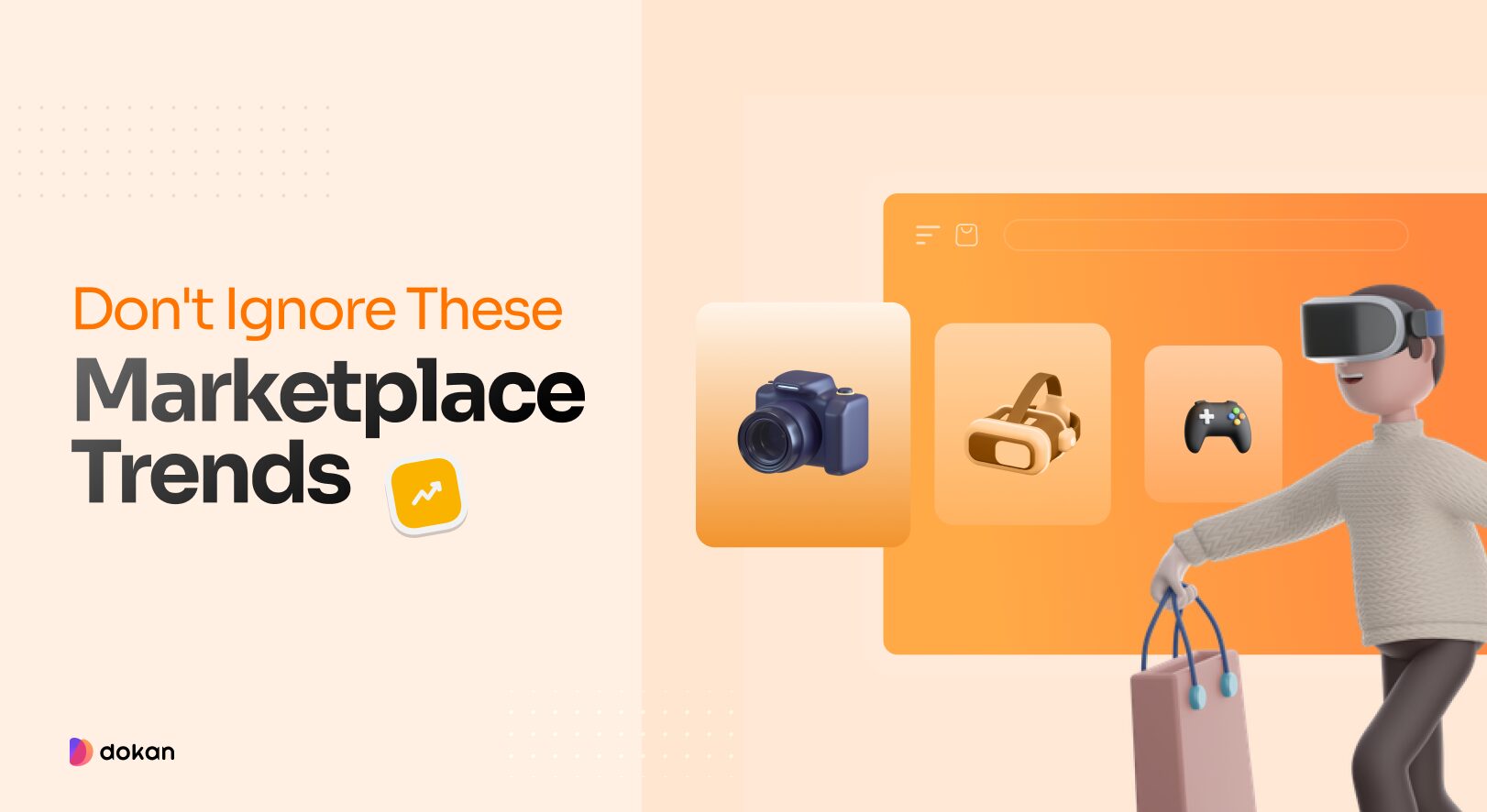
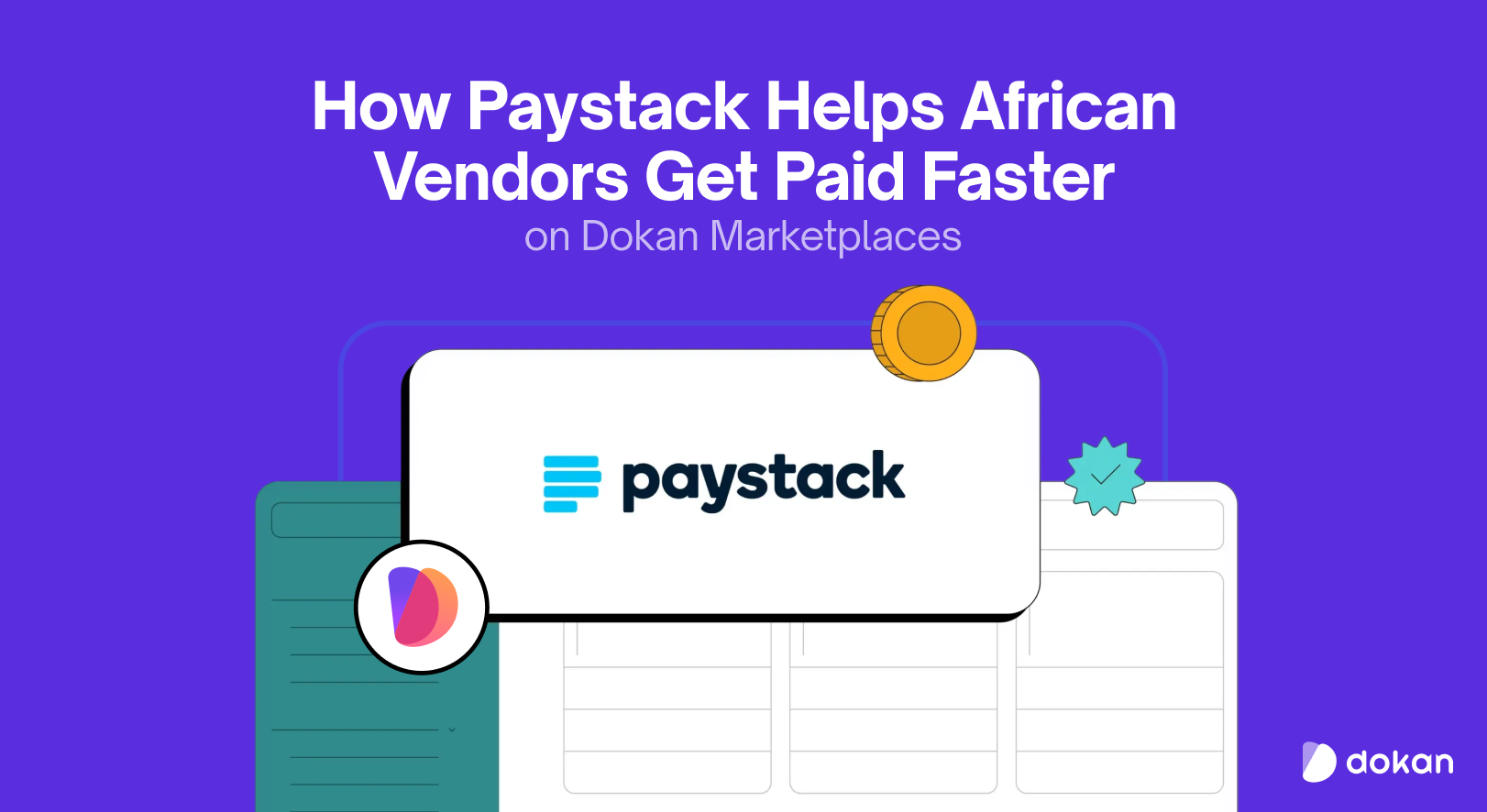
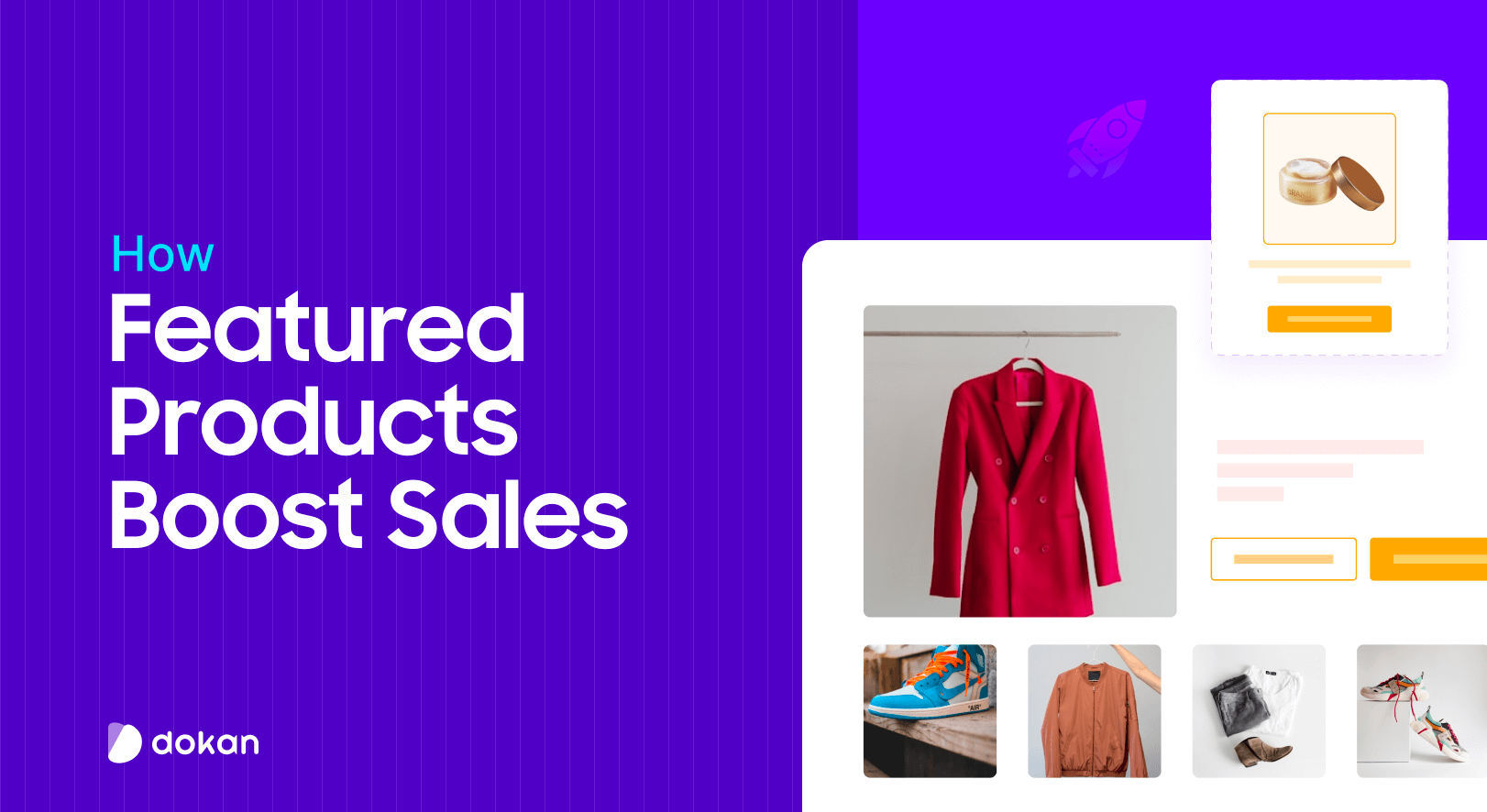
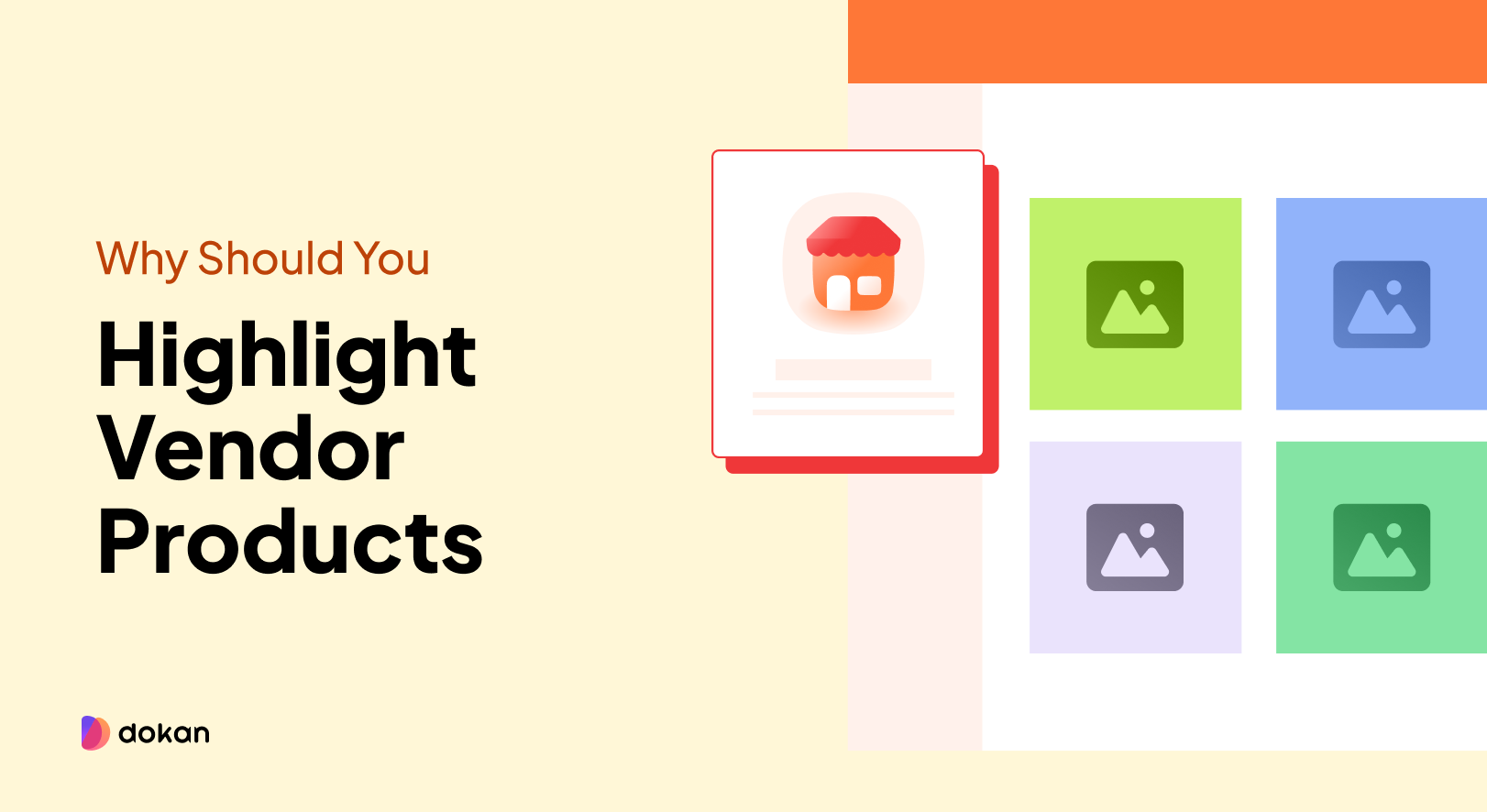


Leave a Reply